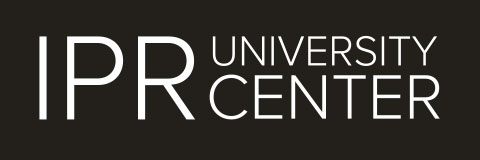DRM och upphovsrättens obalans
DRM och upphovsrättens obalans
A:5 / Viveca Still
Julkaisun sarjanumero: IPR Series A:5
Tekijä: Still, Viveca
Julkaisumuoto: pdf
Julkaisuaika: May 2007
Opinnäyte: Doktorsavhandling / Dissertation
Koko (kB, sivua): xxxvi, 348 s; 2454 kB (pdf)
Huomautuksia:
The Dissertation was supervised by Professor Ahti Saarenpää and Dr Tuomas Pöysti.
The dissertation was also published in the series Publications of IPR University Center.
Tiivistelmä:
Digital rights management (DRM) systems are increasingly being developed and used in order to protect the commercial interests of copyright holders. These systems have developed over time from singular copy prevention mechanisms towards all-encompassing trusted systems enabling the control of digital content throughout its life cycle and in a multi-media context.
The impossibility of effectively controlling the use of the copyrighted work once it has been put on the market can be seen as a fundamental reason for the legal regulation of copyright. Digital rights management systems seem to provide for an unprecedented ability to control the use of copyrighted works from production to consumption, thereby changing the setting for copyright regulation.
The principal research question of this doctoral thesis concerns how copyright’s balance can be restored considering copyright owners’ increased power to control use through technical and contractual means, possibly backed up by the legal system.
Answering this question requires us first to look into the current regulation of DRM, assessing how the current legislative framework takes into consideration the shift in the power position that DRM offers. Thereafter, the shortcomings of the current legislative framework are analysed in view of the prospective legal dimensions of DRM. This analysis is followed by an assessment of current suggestions for corrective means in the regulation of DRM, which ends in a regulative model proposed by the author.
The method used in the research is that of legal informatics and information law. Legal informatics analyses the interrelationship between law and information and communication technologies. In this thesis, copyright is seen as part of information law and more specifically the modern European information policy, which usually is referred to as “the common information area”. A fundamental principle emanating form this body of law is the principle of free flow of information, which is used as a guiding principle for the regulative model proposed in this thesis.
The aim of this thesis is to contribute to the understanding of DRM as an object of regulation within the copyright system and to further the discussion of the proper regulation of digital rights management systems as a part of a balanced copyright regime.

 -verkkolehti
-verkkolehti